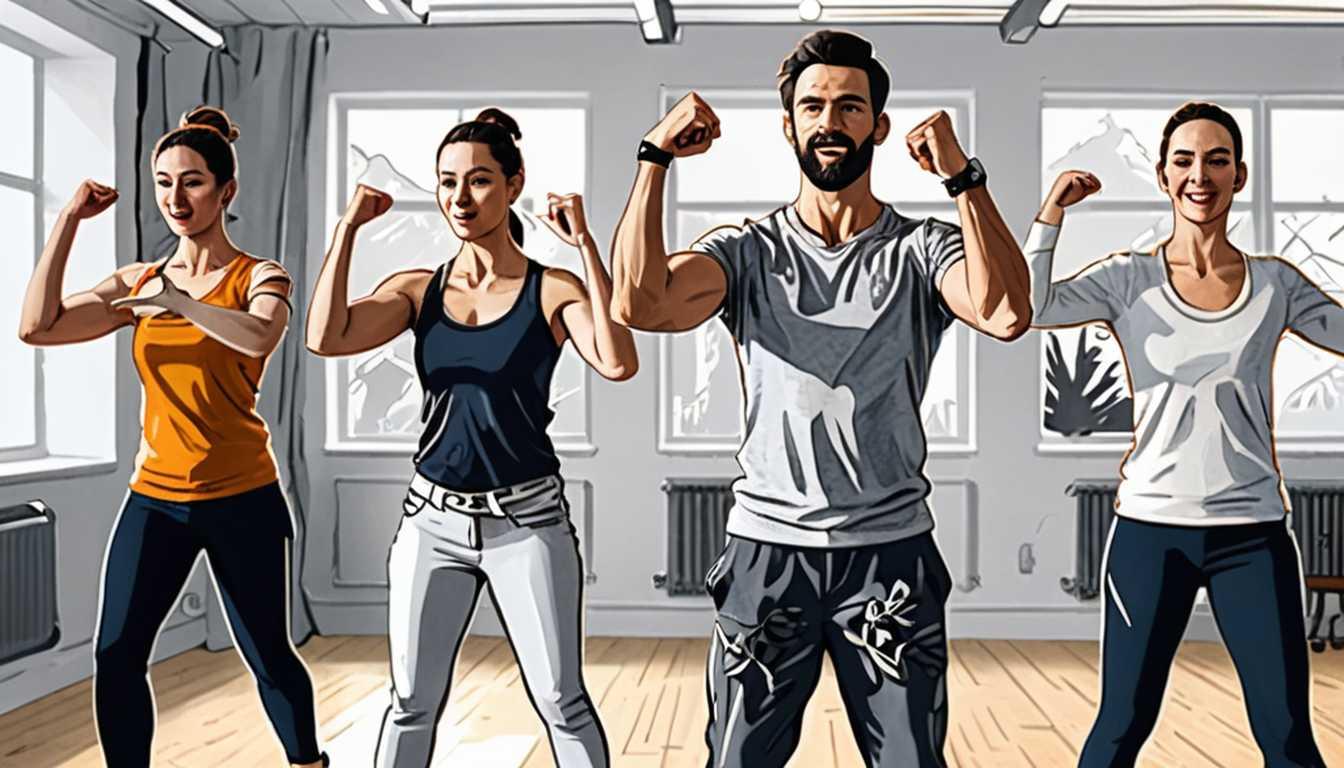iPhones Unlock Biomechanics Secrets
October 2023
Stanford University
Introduction
Imagine turning your smartphone into a high-tech lab analyzing human movement! Stanford University's latest breakthrough, OpenCap, does just that. Using just two iPhones, it dives deep into the biomechanics of movement—helping athletes dodge injuries and offering new hope for people with mobility issues. And the best part? It's quick, cost-effective, and doesn't need a PhD to operate. Dive into the fascinating world of OpenCap, where science meets accessibility, and discover how it's changing lives, one step at a time.
READ FULL ARTICLEWhy It Matters
Discover how this topic shapes your world and future
Unlocking the Secrets of Movement
Imagine being able to peek inside the human body and understand exactly how we move, how each muscle and bone works together in harmony to let us walk, run, and jump. Now, think about what this means for someone recovering from an injury or dealing with a condition that makes movement difficult. The study you’re about to dive into isn’t just about cool technology; it’s about opening up new possibilities for health and performance across the globe. With the help of smartphones, researchers are making sophisticated analyses of human movement accessible to everyone, everywhere. This isn’t just about athletes optimizing their performance; it’s about helping people lead better, healthier lives. It's about turning what used to be expensive and time-consuming research into something quick, affordable, and available to all. This could change how we treat injuries, how we understand human movement, and even how we approach physical health on a global scale. And guess what? It might even relate to how you see your own movement and health.
Speak like a Scholar
Biomechanics
The science of understanding the movement of living things using the principles of physics. Think of it as the mechanics of the body.
Musculoskeletal System
This system includes your bones, muscles, cartilage, tendons, ligaments, and joints – all the stuff that supports your body and helps you move.
Computational Analysis
Using computers to solve complex problems. In this case, analyzing how the human body moves.
Machine Learning
A type of artificial intelligence that allows software to get better at predicting outcomes without being explicitly programmed to do so.
Joint Angles
The angles formed between bones at the joints, which tell us about the position of the body or its parts.
Joint Loads
The forces that are applied to a joint during movement. It’s like measuring the stress your knees feel when you jump.
Independent Research Ideas
The Role of Smartphone Technology in Remote Physical Therapy
Investigate how smartphone-based movement analysis can revolutionize the way physical therapy is delivered, especially in remote or underserved areas.
Comparative Study of Traditional vs. Smartphone-Assisted Biomechanical Assessments in Sports
Explore how the accuracy and efficiency of smartphone-assisted biomechanical assessments stack up against traditional laboratory methods in sports settings.
Machine Learning in Predicting Injury Risks
Dive into how machine learning algorithms, fed with data from smartphone-based biomechanical analysis, can predict potential injury risks in athletes or the elderly.
The Impact of Daily Activities on Joint Health
Use smartphone technology to study how everyday activities affect joint health over time, potentially identifying movements that contribute to conditions like arthritis.
Biomechanics and Ergonomics in the Workplace
Examine how insights from smartphone-based biomechanical analysis can inform better ergonomic practices in various workplaces, reducing the risk of injury and improving employee well-being.
Related Articles

Why Some Images Stick: MIT Study
April 2024
Massachusetts Institute of Technology (MIT)

Selective Hearing Revolution Unveiled
November 2023
MIT Technology Review

Stay Awake: The Future of Earbuds
August 2024
UC Berkeley

Smartglasses That Watch You Back!
April 2024
Cornell University

Smart Threads: Clothing That Captures Motion
July 2024
University of Bristol